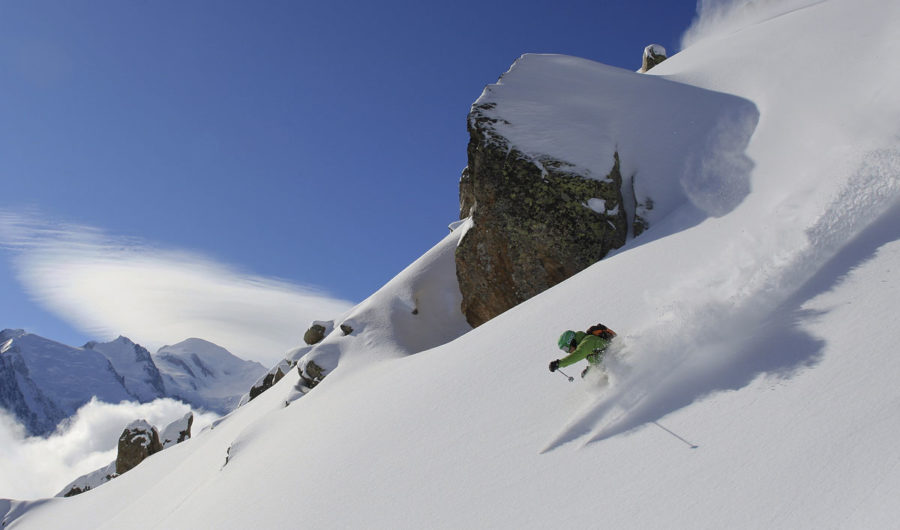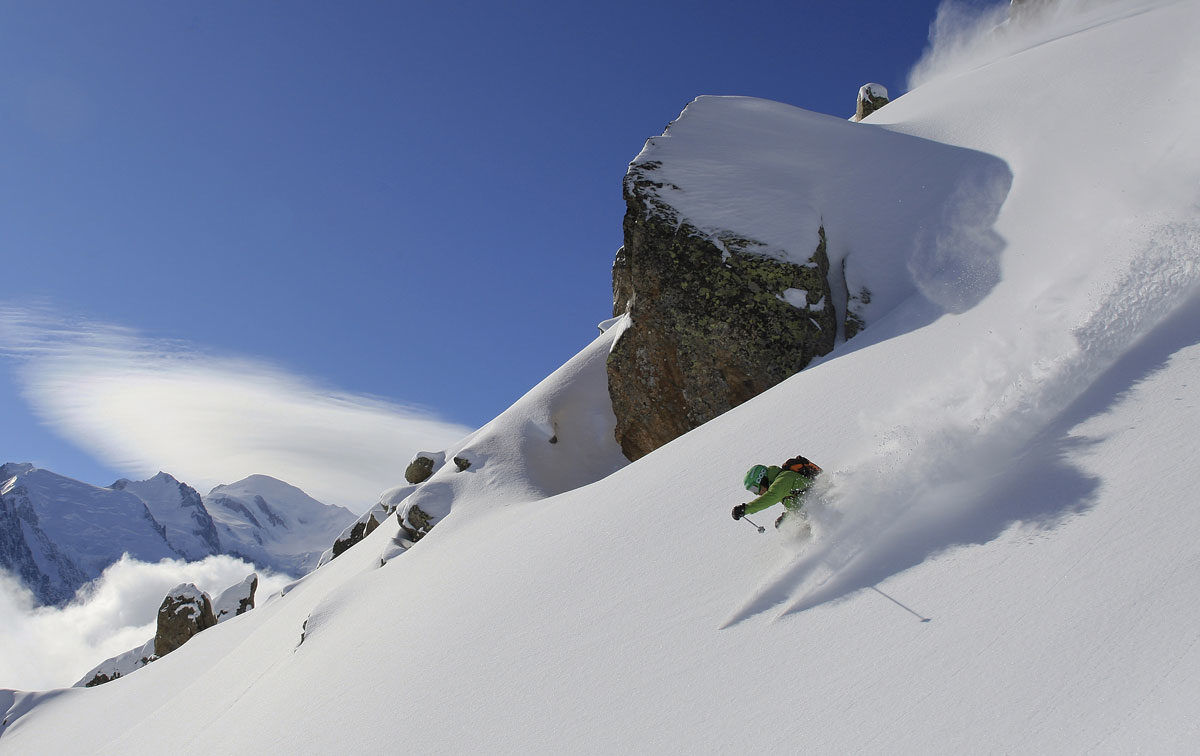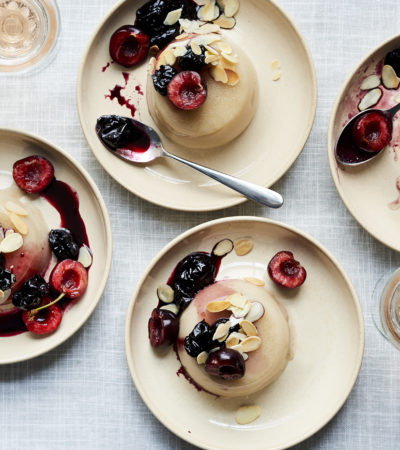words by Sandra Smiley
The French ski destination Chamonix attracts a pretty diverse clientele. Owing to its accessibility, though, it has become a particular favourite of the weekend warrior set (flights land daily at Geneva airport, just a two-hour drive away). A youthful crowd, all chanting the mantra ‘work hard, play hard,’ makes for a lively après-ski culture. But the sporting is also great— a fact easily forgotten a couple of glühwein in. Here are some tips on enjoying Chamonix while keeping fit, healthy and hangover-free.
Winter sports are amazing exercise, raising your heart rate and working multiple muscle groups. A good night’s sleep is of utmost importance then, so choose accommodation wisely. Chalets are cozy, and congenial with the right mix of guests. Some are a bit far from centre-ville, however; so if you wish to minimise time between bar and bed, consider a centrally-located hotel instead.
On the mountain, meal choices are limited and not always the leanest. “Typical ski-resort food tends to be fairly stodgy, high in carbs and fat,” says nutritionist Ruth Tongue. “But when you’re skiing, your main energy source will be carbohydrates and you need to top up your stores.” Good options are vegetable- or tomato-based pasta with a protein, soup with bread, or a jacket potato with salad, she says. Just be warned that food can get pricey on the piste: you’re a captive buyer 2000 metres up, which might mean spending a small fortune on a slice of tartiflette.
One is spoilt for choice when it comes to runs: all told, Chamonix offers over 100 km of trails plus interminable off-piste opportunities. To avoid injury, select slopes appropriately. Set against the backdrop of breathtaking Mont Blanc, Le Brevent boasts a number of pleasant hills suitable for beginners. The red and black runs on the Grands Montets, by contrast, are not for the faint of heart or hungover.
Chamonix’s slopes make it a must-visit for the health-conscious traveller. It’s also one of the few places where, on a Friday night, you’ll find half the population out clubbing in deerstalkers and puffer vests. To get the most out of Chamonix, eat well, keep the drinking in check and don’t push it too hard on the piste. The season lasts until May, so there’s still time to kit up and fly out. Chamonix might have a reputation as a sub-zero Ibiza, but you can have your fun and even ski a bit, too.
Q. How many calories do you burn per hour skiing?
A. Lots – a 70 kg person can burn anywhere from 350 to 600 calories an hour.
Q. What’s the healthiest pre-ski meal?
A. Filling foods that will release energy slowly throughout the day are best. Nutritionist Ruth Tongue recommends eggs on wholegrain or rye toast, porridge or Bircher muesli. Also, a glass of OJ or fresh fruit salad will top up vitamin C levels and keep the immune system in shape.
Q. How about the best things to eat après-ski?
A. “The top three food groups to always combine après-ski are carbohydrate, protein and anti-oxidant rich vegetables,” says Ruth. Red wine is a good source of anti-oxidants, but too much can sap your body of nutrients, making you more prone to illness.
Q. What muscle groups does skiing work?
A. The crouching position skiing involves targets the buttocks, thighs and hamstrings, while keeping steady puts the core stability muscles to use. Using poles also works the arms and shoulders.
Q. What are good pre-ski exercises?
A. Core strengtheners such as planks and balance board work, and leg workouts like squats and lunges will whip you into shape.














